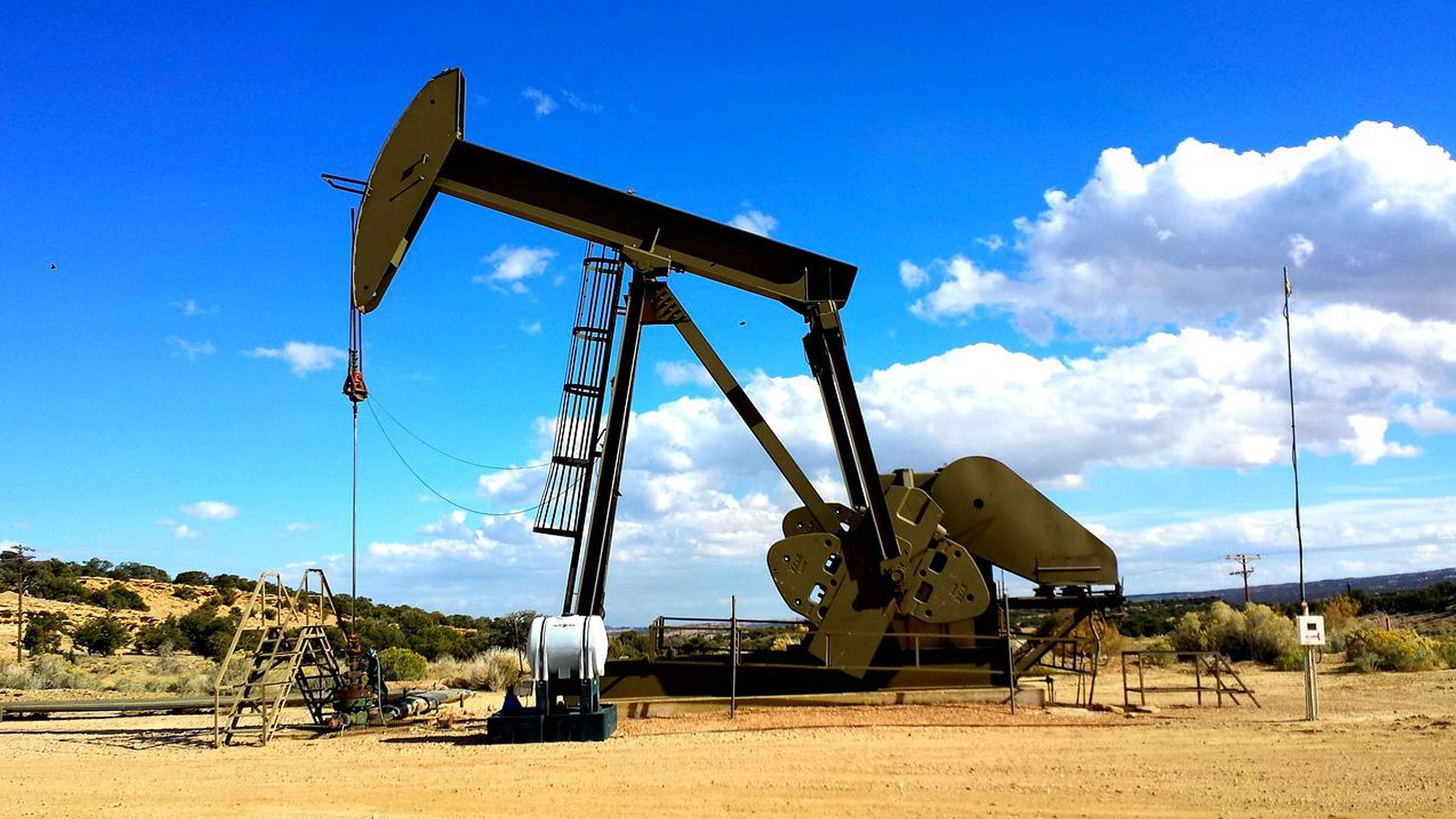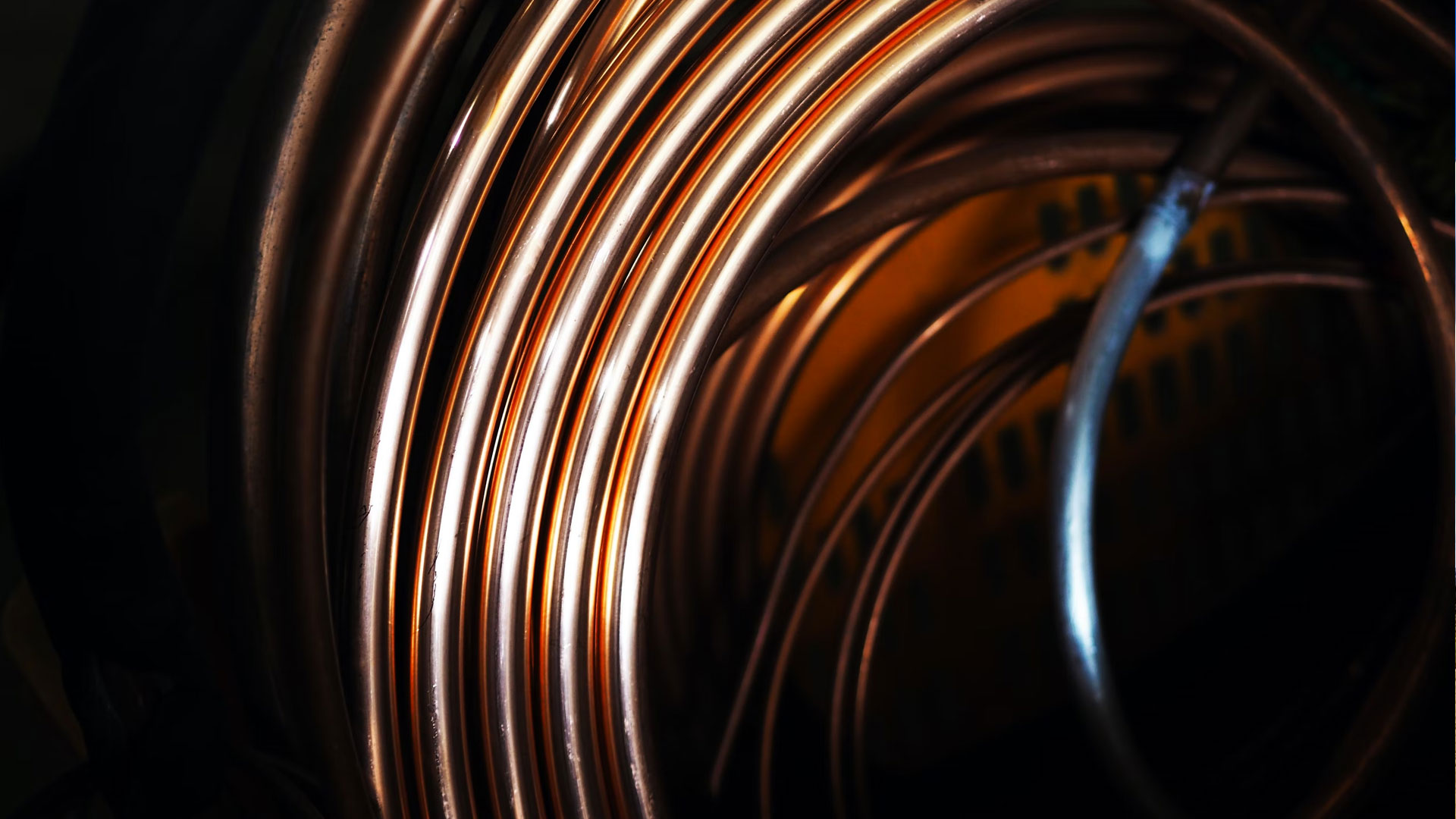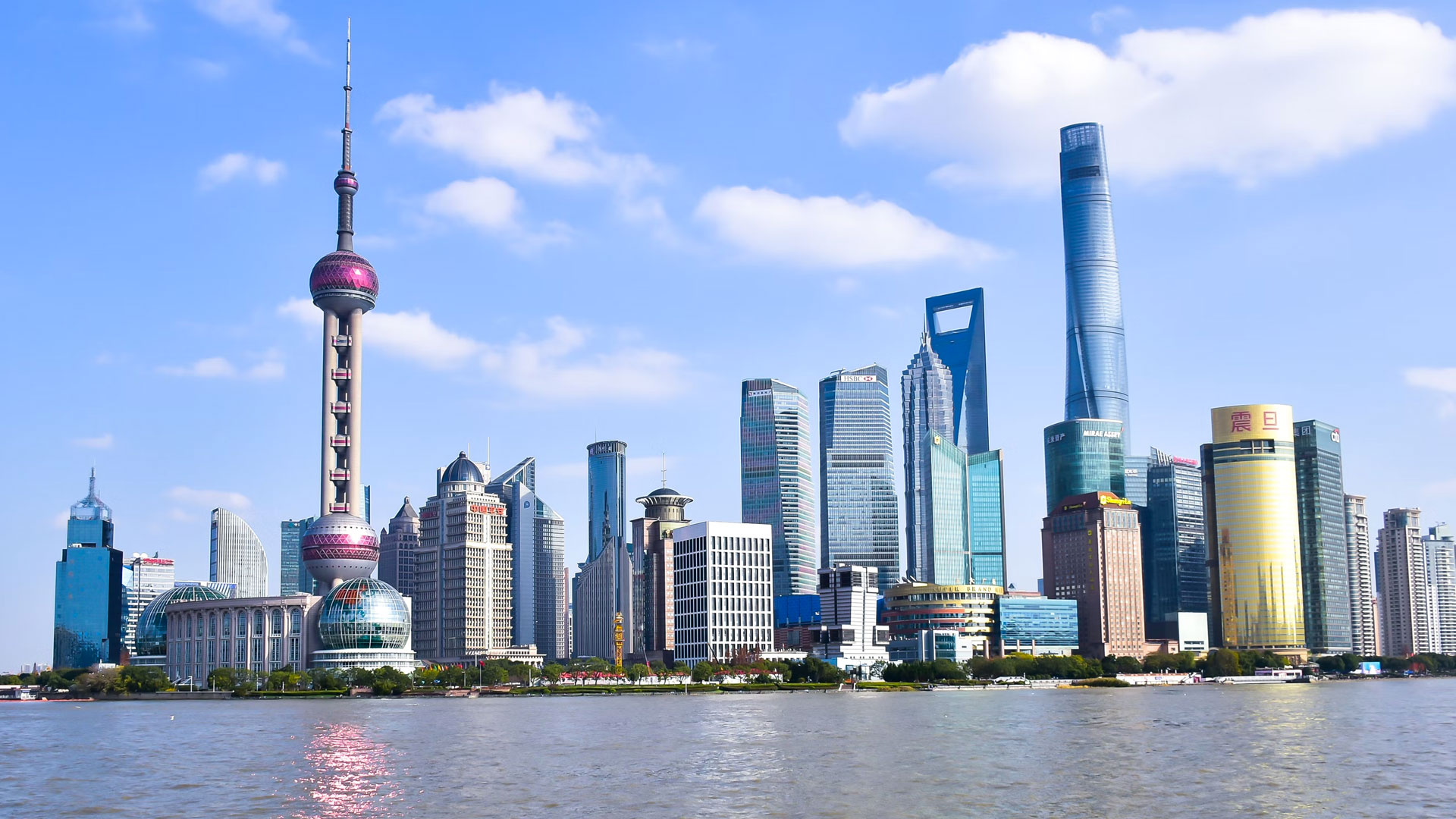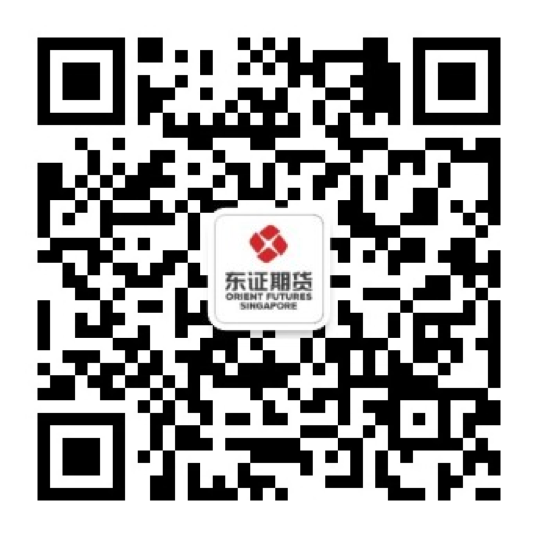.jpg)
The Shanghai International Energy Exchange (INE) has been established to provide traders, both in China and internationally, a trading platform for energy derivatives. This allows investors, producers, and consumers an exciting avenue for risk management as well as speculation to take directional opportunities.
Businesses and individuals can now access mainland China’s energy markets to trade a variety of energy products and commodities including copper, crude oil and rubber.
This opens up more opportunities outside of western exchanges including the COMEX and NYMEX, allowing traders and businesses dealing directly with China to better hedge their positions or production. Investors can now better ride on eastern trends and events as well as take physical delivery of the commodities if they so choose to.
In this article, we will go through everything you need to know about trading in the INE and what you can expect.
6 Things To Know About The Shanghai International Energy Exchange
1. The History Of The Shanghai International Energy Exchange
The INE is jointed established by a group of entities that include the Shanghai Futures Exchange which was established in December 1999.
Today, the INE offers a variety of products that include crude oil, and low-sulfur fuel oil (LSFO).
In addition to these products, the INE is also looking forward to the future and is taking steps to launch freight index futures, allowing investors to trade the freights and take positions in the shipping market.
2. You Can Trade Crude Oil Futures, Options & LSFO
In the INE, you can trade a spectrum of oil futures and options including crude oil and LSFO.
The crude oil futures contract allows traders to gain exposure to medium sour crude oil and is traded at 1,000 barrels per lot with a minimum trading margin of 5% of the contract value. In fact, refiners and other end-consumers can use this contract to take physical delivery of the oil to designated storage facilities.
For traders looking to take positions or physical delivery of low sulfur fuel oil, the INE also offers futures contracts that are denominated in 10 metric tons per lot. However, the trading margin required is 8% of the contract value.
Traders looking to take positions in options will be pleased to know that the INE also offers call and put options on crude oil as well.

3. Access The Rubber Futures Market
Unlike many western exchanges, the INE offers traders the ability to trade TSR 20 rubber.
Thanks to its physical delivery, industries that include aviation and construction can buy the commodity for consumption and production into end goods.
The TSR 20 contract is denominated in 10 metric tons per lot and a minimum trading margin of 7% of the contract value is required.
4. Access The Copper Futures Market
The INE also offers investors the opportunity to trade the copper market with its futures copper cathode contract that is denominated in 5 metric tonnes per lot.
Traders will need to hold a minimum trading margin of 5% of contract value and can also take physical delivery of the commodity. This allows industries, especially those in manufacturing to take delivery for immediate usage in their production of downstream products.

5. Understand The Trading Procedures, Orders & Timings
Like other trading exchanges, the INE has its own set of trading procedures and timings that you need to be aware of.
Firstly, trading times at the INE are Monday to Friday, 9am-11.30am and 1.30pm-3pm Beijing or Shanghai time.
Additionally, there are two types of orders you can make. The basic orders include limit orders, market orders, stop and stop-limit orders.
It is also important to note that the last trading day is on the 15th of the delivery month, this is important if you need to close your contract for cash settlement if taking physical delivery is not your primary intention.
6. Trading Futures In The INE As A Foreign Investor Requires An Overseas Intermediary
Thanks to the opening of the INE and other Chinese exchanges to international markets, foreign investors can now trade in the INE, however, they will require an overseas intermediary to do so.
This is where we can help. At Orient Futures, we are an overseas intermediary and can help foreign investors gain access to the INE.
This will allow you to trade a variety of products in the INE including:
- INE Bonded Copper Futures
- INE Low Sulphur Fuel Oil Futures
- INE Medium Sour Crude Oil Futures
- INE TSR 20 (Rubber) Futures
You can view our list of future products and exchanges here as well.

Trade The Shanghai International Energy Exchange Today With Orient Futures Today
At Orient Futures, we provide traders and hedgers with access to the international futures market including the INE.
To trade futures in the INE, individual investors and companies will have to go through a futures firm member of the INE or an overseas broker, which is where Orient Futures can help.
We are part of the Orient Group, and our parent company has been approved by the China Securities Regulatory Commission. You can lean on our parentage and expertise to help you access and trade the Chinese and international futures markets.
In addition, we are an official MAS-regulated broker as well as an official overseas intermediary, allowing traders to access a spectrum of futures and options in Chinese exchanges including the DCE, and ZCE.
With us, you can enjoy direct access to trading, clearing and settlement. Our parent company, Shanghai Orient Futures, is the largest broker in terms of aggregated volume across the five regulated exchanges in China.





